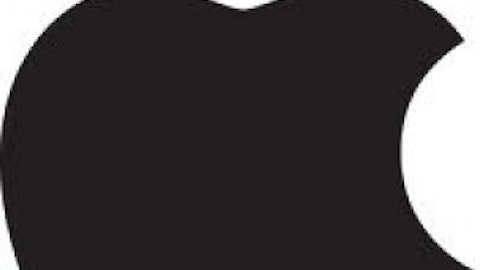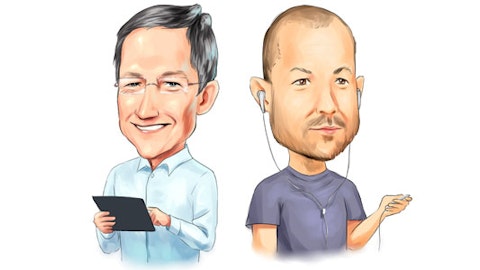A survey conducted last year by the Association of American Medical Colleges revealed a troubling statistic — as our country’s population rapidly ages, we will face a shortage of doctors over the next decade. By 2015, there will be a shortage of 62,900 doctors. By 2020, that number will rise to 91,500.
When we combine that shortage with the millions of Americans who are now insured under Obamacare along with the rise of age-related diseases like diabetes, the unmet need becomes clear — we need more medical students immediately.
Therefore, the Association of American Medical Colleges is calling for a 30% increase in new medical students in the United States. Medical schools have expanded their training programs in response, but the country’s teaching hospitals are also at risk from Medicare cuts in the future. Medicare contributes approximately $9.5 billion to teaching hospitals annually to cover the training costs of new physicians.
Faced with a lack of new doctors and a possible budget crunch, it’s essential that physicians have better access to more efficient training tools. That’s where tech giants Apple Inc. (NASDAQ:AAPL), Google Inc (NASDAQ:GOOG), and Intel Corporation (NASDAQ:INTC) could make a difference.

Apple Inc. (NASDAQ:AAPL)’s iPad is the most frequently used tablet in hospitals. It is already frequently used with electronic health record, or EHR, systems and to access popular medical reference apps like athenahealth‘s Epocrates.
However, the iPad is also a powerful medical training tool. UC Irvine’s iMedEd initiative gives medical students custom loaded iPads that can access all their textbooks electronically. The iPads can also be used to access online learning materials, podcasts of lectures, and collaborative instructional materials from peers and instructors. Students can also use the iPads to record readings from digital stethoscopes, ultrasound units, and other medical devices. They can also practice accessing and analyzing EHRs.
Students also created their own iOS health care apps. At the end of a 10-day competition known as Med AppJam, more than 100 students created 19 health care and medical assistance apps.
According to the school, students participating in the iMedEd initiative scored 23% higher than previous classes on the national exams taken at the end of the second year of medical school. This convergence of tech and health care at the training phase of a new generation of physicians could solidify the iPad’s dominance of the medical industry.
Will an Apple a day keep Google away?
The looming threat for the iPad is clearly Google Inc (NASDAQ:GOOG) Glass. The idea of hands-free tech is a very lucrative one for medical schools and hospitals. The Fraunhofer MEVIS iPad app, which uses the screen as an augmented reality viewfinder to locate veins during a surgery, illustrates this point. To be used effectively, the iPad must be held up by an assistant while the surgeon keeps one eye on the patient and the other on the iPad. If this app was ported to Google Inc (NASDAQ:GOOG) Glass, it would be much more efficient.
A lot of excitement is brewing for the use of Google Glass as a medical tool. Surgeons have streamed live surgeries via its camera to students, and start-ups like Augmedix are already developing augmented reality medical apps. Qualcomm and Palomar Medical even started an idea incubator, Glassomics, which is focused on exploring the applications of wearable technology like Glass in health care.
With all this excitement about Google Glass as a medical and teaching tool, however, many people overlook Google Inc (NASDAQ:GOOG)’s low-end notebook computer, the Chromebook, which also has educational value. Chromebooks are cheap — starting at $200 — and depend entirely on cloud-based connections to Google Inc (NASDAQ:GOOG)’s robust ecosystem of web apps. For medical schools that can’t afford a $500 to $900 iPad, or aren’t willing to wait around for Glass to be released, the Chromebook can offer many of the same medical education services — textbooks, podcasts, group collaborated materials — at a fraction of the price.





